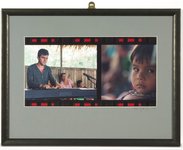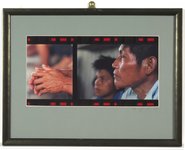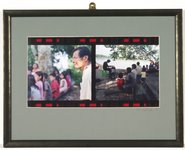Virgin Audience

A photo exhibition by Miklós Csepely-Knorr
This was an special opportunity to extend my MA research about the ‘honesty of portraiture’ and create a photo essay that covers the moments of the initial encounter between the piano and the various communities next to the Napo River.
Before the trip I was seeking for an answer to understand what makes a good portraiture. As a practicing professional through my lens I have observed lots of people in studios but during this trip, for the time in my life, I felt the same way how a sitter could feel - lost, alone and vulnerable.
Lost, due to losing the control over the set. Alone, due to lack of the familiar environment. Vulnerable, due to being an outsider of the society.
I found only one way to make myself confident on the environment: accept the fact, that in reportage, as Bresson states “You can't go looking for it; you can't want it. First you must lose your self. Then it happens.” I had to allow the frames to find me by coincidence, through my intuition.
In this series my aim was to express the motion of the project. The twin frames are involving the viewer to the experience of the photographer’s intuition on the location, how the frames were captured one after the other.
The story is simple; introduce a day of the project from sunrise to sunset.




A photo exhibition by Miklós Csepely-Knorr
This was an special opportunity to extend my MA research about the ‘honesty of portraiture’ and create a photo essay that covers the moments of the initial encounter between the piano and the various communities next to the Napo River.
Before the trip I was seeking for an answer to understand what makes a good portraiture. As a practicing professional through my lens I have observed lots of people in studios but during this trip, for the time in my life, I felt the same way how a sitter could feel - lost, alone and vulnerable.
Lost, due to losing the control over the set. Alone, due to lack of the familiar environment. Vulnerable, due to being an outsider of the society.
I found only one way to make myself confident on the environment: accept the fact, that in reportage, as Bresson states “You can't go looking for it; you can't want it. First you must lose your self. Then it happens.” I had to allow the frames to find me by coincidence, through my intuition.
In this series my aim was to express the motion of the project. The twin frames are involving the viewer to the experience of the photographer’s intuition on the location, how the frames were captured one after the other.
The story is simple; introduce a day of the project from sunrise to sunset.



Last edited by a moderator:




